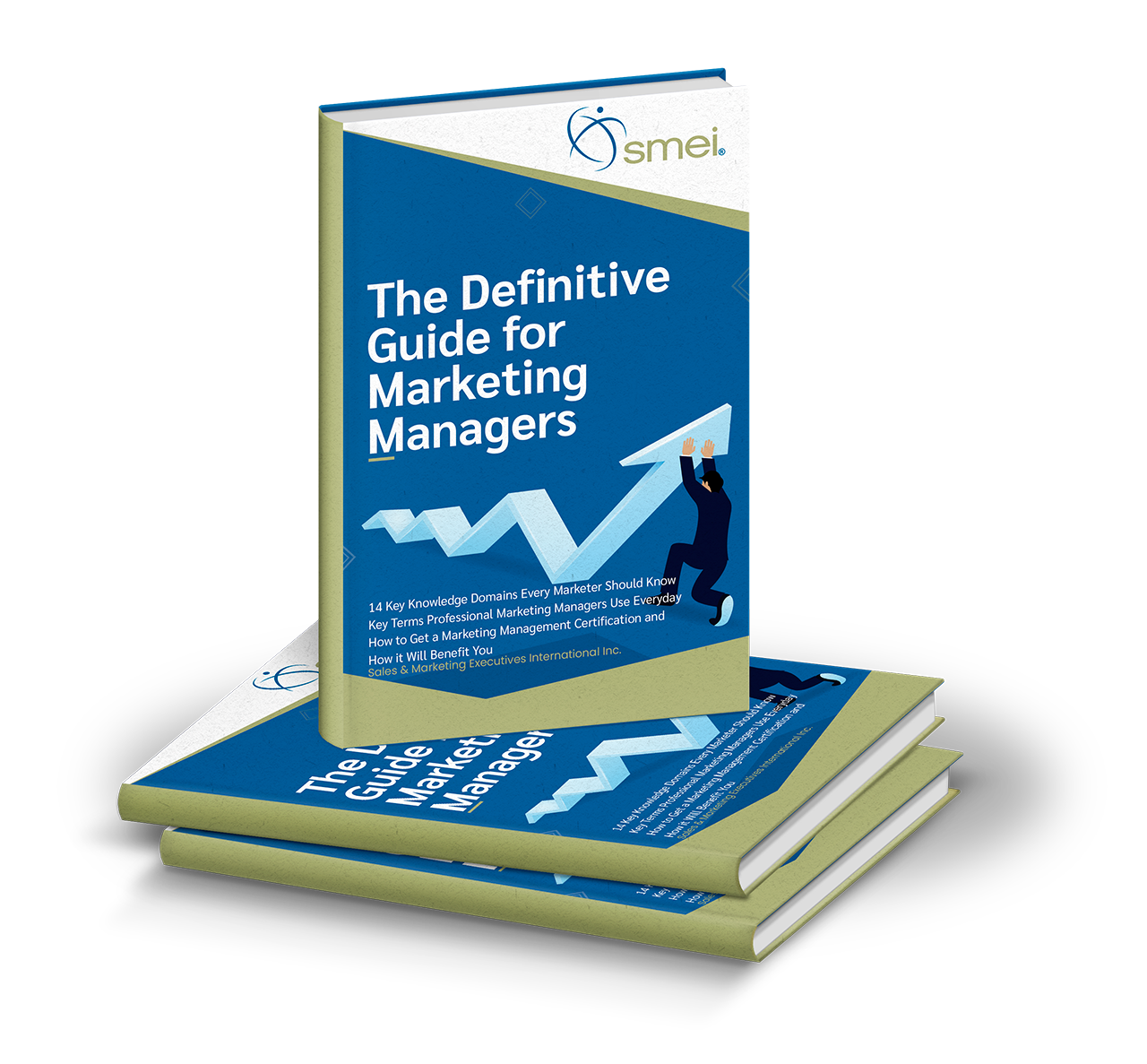What Are Customer Touchpoints and Why You Should Care
When marketers talk about customer touchpoints, they refer to the times when your brand, product, or service interacts with the customer throughout their journey with you. From the first time they connect and engage with you throughout the purchasing process to the delivery, use and satisfaction with your product and service.
Customer touchpoints are the stages of interaction and encounters between your customers and your company, so you want to ensure that their customer experience (CX), or user experience (UX), is perfect from start to finish.
However, it would help if you started thinking about your customer touchpoints before purchase. This is the stage that attracts your prospective customers to your product or service. For example, placing adverts and banner ads in places where your target audience regularly gathers or hangs out on social media platforms is a great way to create your first effective touchpoint.
Creating your first customer touchpoint

As noted in a blog post by QuestionPro, digital banner ads are an effective customer touchpoint that helps drive traffic and leads to your website. By using popular social media channels such as Instagram, LinkedIn, Twitter, Facebook, Pinterest, etc., it is possible to reach thousands of prospective customers.
Social media platforms are also great places to engage, start conversations and build relationships with prospective customers. However, they will also serve you well in maintaining and strengthening your existing customer relationship and building brand loyalty in your core followers.
Customers are much savvier these days, and old fashioned direct marketing tactics no longer work on a digital generation that has been raised to be cautious.
These days there isn’t a single stage of your customer journey and relationship that doesn’t involve touchpoints. But many marketers still find it challenging to plan and create touchpoint moments that can make or break your relationship with your customers.
Creating a customer journey map
In a post written by Clint Fontanella for HubSpot, Clint explains that customer touchpoints are typically recorded on a customer journey map. They’re put together in chronological order to demonstrate a typical customer’s experience with a business.
Creating a customer journey map can help your marketing team identify common customer touchpoints where you can go out of your way to deliver a good customer experience. You can also use this map to spot areas of possible friction, difficulty or confusion that you can address and resolve before your customers take their journey with you.
By creating a customer journey map, you will also be able to customise your touchpoints to fit your target demographic and individual customers better. This is helpful for your marketing team because they can produce more targeted sales media instead of casting their net too wide and catching people that may not engage with all of your touchpoints.
Forging an emotional connection

We see now more than ever that customers are becoming more emotionally connected with the brands they support. The brands that they connect with can become just as important to them as a personal relationship.
The brands they support can also become part of their personal style, whether that is a favourite fashion label, a brand of perfume, the car they drive, the laptops they use, the vitamins they take, the gym they attend or the restaurants they frequent etc
They genuinely believe that the people behind the brand or company understands them and have their best interests at heart.
Suppose a customer feels let down or is disappointed with any part of their customer journey or ongoing customer relationship with a brand. In that case, they will quickly abandon ship and look for an emotional connection elsewhere.
Because customer experiences are evolving at such a rapid pace, you can quickly feel left behind. This is why it is essential to understand your customer touchpoints and continue reviewing them to help you stay ahead of your competition.
In a recent post by Jeannie Walters for Experience Investigators, Jeannie explains that by creating a customer-centric vision for the future, you can continue to track what is working for your customers and what simply isn’t.
Stop marketing and start connecting
Creative.onl says “There is more to digital marketing services than just, ‘advertising on the internet’”. There is no doubt that more people are making buying decisions based on customer experience rather than the price they pay. People are happy to pay a little more for the things they want or need if they know the customer service (and their customer experience) will be reliable.
If you do not account for customer experience in your marketing strategies, you will undoubtedly swing and miss your sales opportunity.
When we talk about marketing, it simply means the action taken by businesses to promote and sell a product or service. But the problem is that we have had decades of marketers focusing on their actions rather than their customer touchpoints.
Traditional marketing activity focuses on throwing a heap of spaghetti at a wall to see how much sticks. In reality, this is a very wasteful way of targeting customers and generating sales.
Marketers can also obsess over end sales figures for their campaigns and hard cash in the bank instead of looking at things like customer engagement, customer experience, or nurturing organic traffic that can help to build long-term, consistent turnover.
Nurturing your customers along the sales funnel
The sales funnel is a well-known marketing framework. But you need to take your customers on a carefully constructed journey with customer touchpoints that make sense for each stage of their path.
This involves selling each customer the next step without them encountering any friction that may put them off. For your marketing team, this means understanding what is happening at each sales funnel stage from the customer’s point of view.
Defining your customer’s experience can get tricky because it is not about simply getting your product or service into their hands. It is so much more than that.
It’s the summation of every encounter and customer touchpoint from the moment your customer discovers your brand to the ongoing experience of consuming your product or service and their return custom.
It is all about your customer’s perception of your brand and the personal relationship they build with your company. If you can get this right, your customers will feel valued, and they will be happy to remain loyal to you.
They will also be more than happy to act as an advocate for your product or service and recommend you to their peers.
Free Marketing Guide
Download the Definitive Guide for Marketing Managers
Over 60 pages of useful information you can use today, including 14 Knowledge Domains Marketing Managers should know, key terms that marketing managers use everyday and more.






